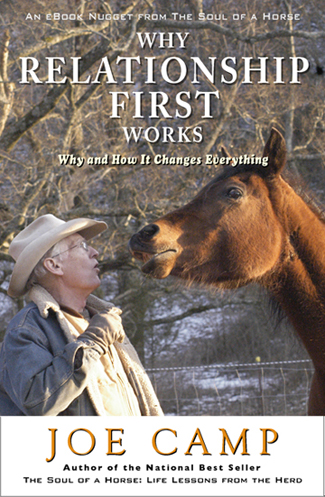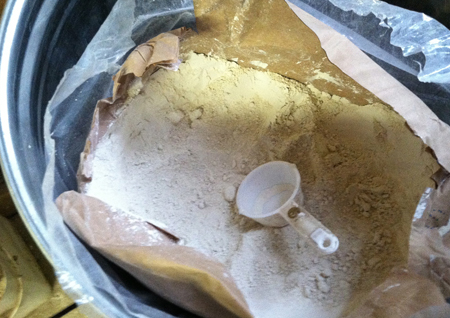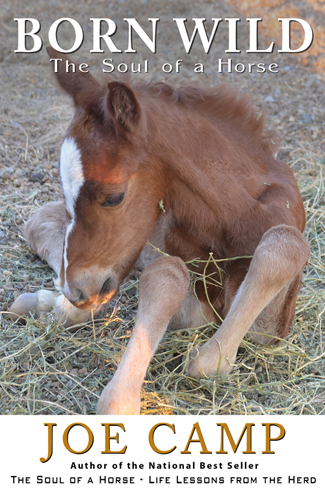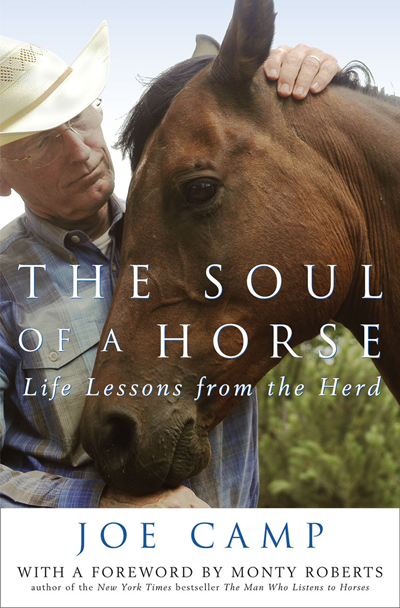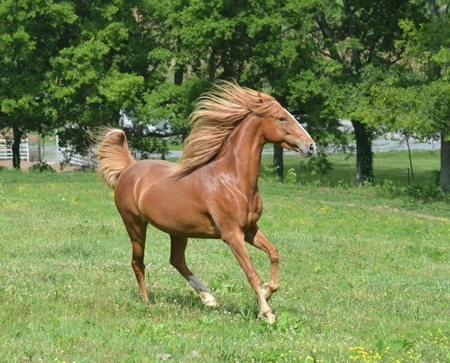 Our Mouse, coming up on physical maturity.
Our Mouse, coming up on physical maturity.
Almost ready to start at 7 years old.
Below is the link to the best article I’ve ever read on this subject. It teaches that no horse, of any breed, in any country, at any time in history either now or in the past, has ever been physically (skeletally) mature before it is six years old (plus or minus a few months), including every healthy, domestically-raised male and most female horses on the planet. Gaited horses (Tennessee Walkers, American Saddlebreds, etc) can require up to Read More→
